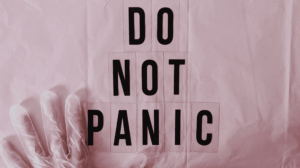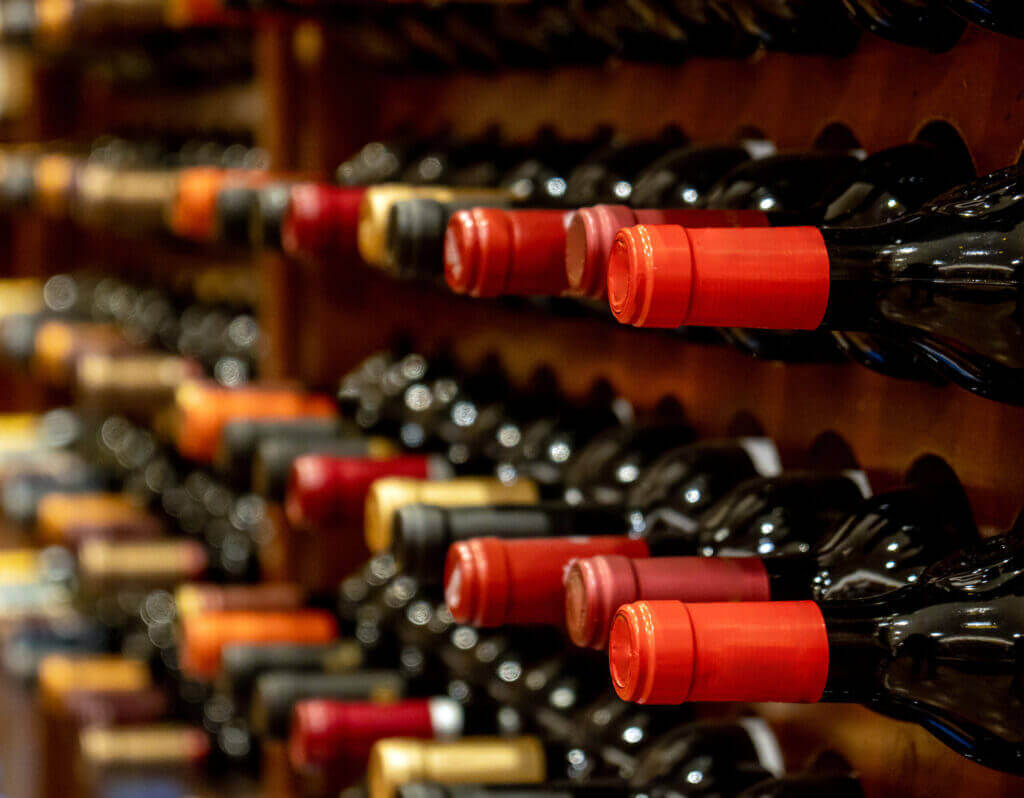Products are selected by our editors, we may earn commission from links on this page.
Dive into the world of wines with these 30 sippable fun facts. Whether you’re a seasoned connoisseur or just starting out, there’s always cool, new facts about wine!
Ancient Wine Wonders

Did you know that the oldest known winery dates all the way back to 4100 BC? That’s right, our love affair with wine begins in ancient times.
The winery was discovered in an Armenian cave. Though it wasn’t as sophisticated as a 21st century winery, it had fermentation jugs, old grape seeds, and cups.
So, how did they make their wine? They stomped on the grapes. This ancient Armenian winery highlights how integral wine has been to cultures around the world.
Grape Galore

Did you know that wine is as diverse as it is delicious? Yet, only a few dominate our glasses, making facts about wine a never-ending vineyard of discovery.
Ever wondered why certain wines taste dramatically different from others? It’s the grape! For example, red grapes make Cabernet Sauvignon, while green grapes make Chardonnay.
Here’s a fact about wine for your next dinner party: the most cherished wines come from notoriously finicky grapes. The vintner’s challenge is to coax them into delicious wine.
Wine in Space

Believe it or not, wine has voyaged beyond Earth’s atmosphere. Astronauts have sampled wine in space to study the effects of microgravity on its aging process.
According to Forbes, this project was launched by SpaceX in 2019. 12 bottles of Petrus wine were sent to the International Space Station for over a year.
Results suggest that space does indeed alter the aging process, potentially leading to faster maturation. This galactic experiment could revolutionize the way we think about aging wine.
Underwater Aging
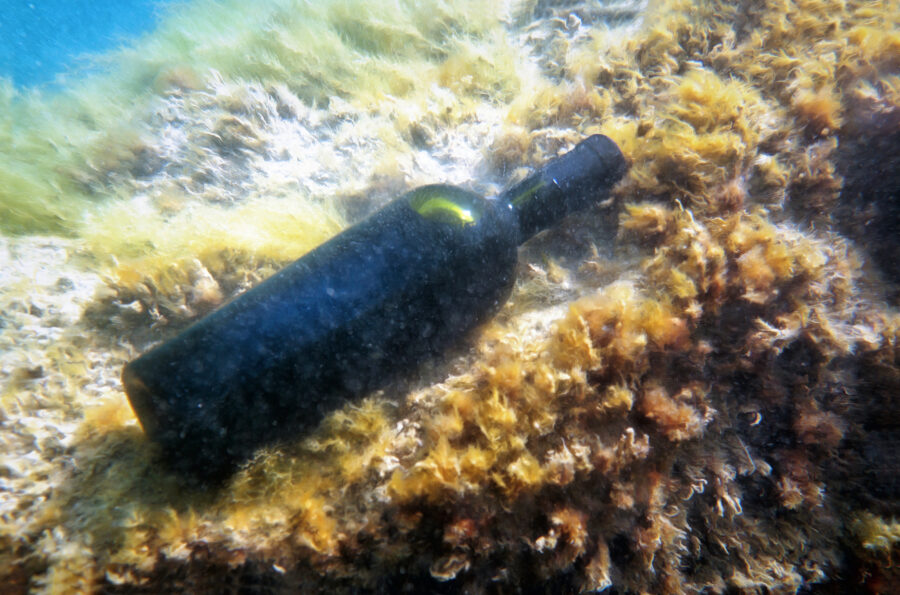
Winemakers are diving into this experiment with gusto. They believe the sea, with its cool temperature and gentle pressure, could be the secret ingredient to a perfect vintage.
Under the sea, wine bottles get a unique aging process that land-based cellars can’t replicate. The underwater environment, with its lack of oxygen, could enhance the wine’s complexity.
The bottles, encrusted with sea life, are a spectacular sight. It’s one of those facts about wine that show how merging innovation and tradition can create something extraordinary.
Cork vs. Screwcap
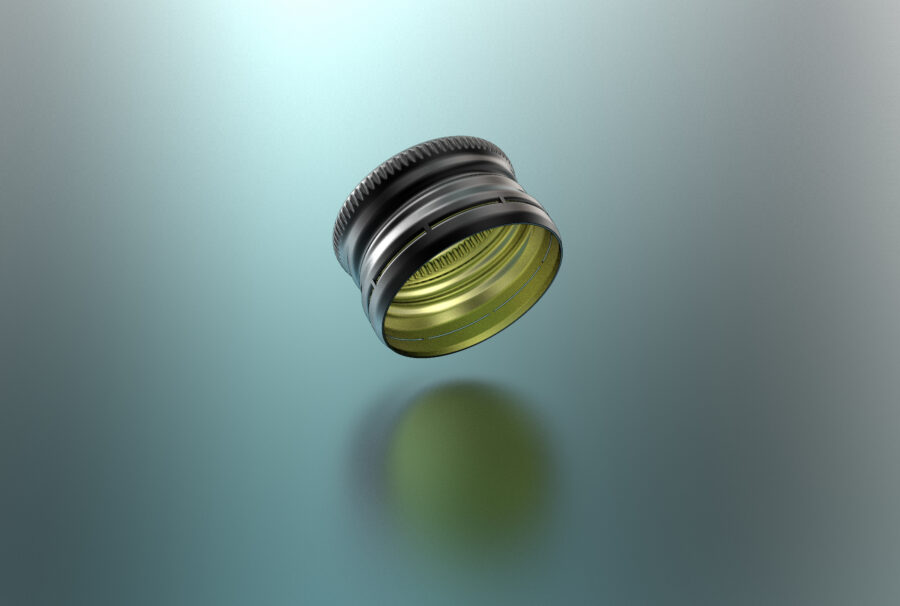
In the world of facts about wine, the cork versus screwcap debate is the ultimate showdown. But here’s a twist — screwcaps are sneaking ahead.
Ever heard of ‘cork taint’? It’s a musty, undesirable taste. With the screwcap’s powers to kick cork taint to the curb, it’s no wonder winemakers are making the switch.
While screwcaps are winning some battles, corks hold a charm that many wine lovers aren’t ready to give up. Plus, they’re making strides in quality and sustainability.
Red Wine Health

Ever wondered why a glass of red wine feels almost therapeutic after a long day (aside from the alcohol)? Apparently, red wine is packed with antioxidants.
One of these antioxidants is resveratrol, which is linked to heart health. So, next time you’re sipping, you’re actually doing your heart a favor!
Still, it’s important to note that alcohol, in general, isn’t the best for you. It’s always a good idea to moderate your alcohol consumption.
Wine Color Secrets
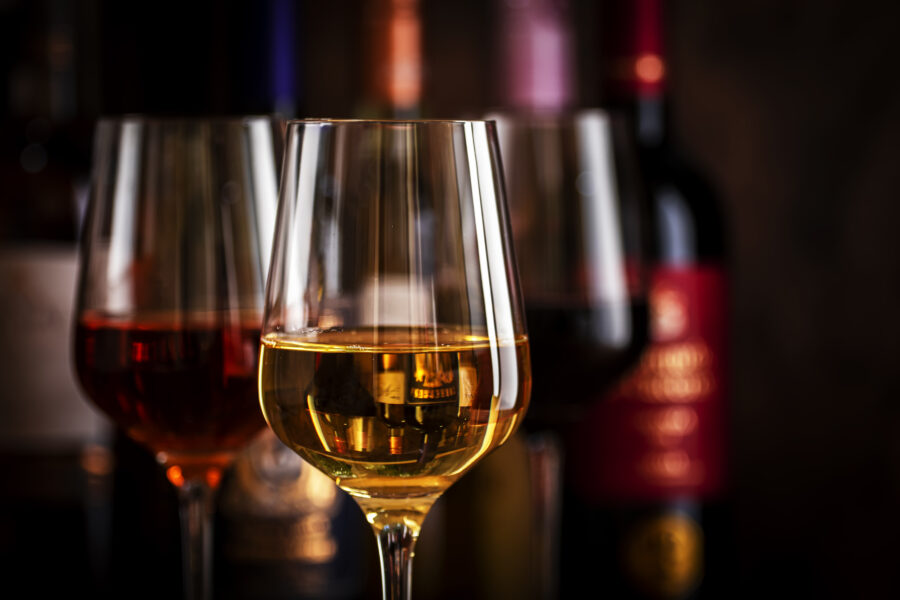
Ever wonder about the hues in your glass? Reds mellow to a softer shade as years pass, hinting at a matured flavor that’s as rich as its history.
White wines take a golden turn with age, deepening in color and complexity. It’s a fact about wine that makes you appreciate the science behind every sip.
Next time you’re swirling a glass, remember it’s more than just a drink—it’s a story. These wine color secrets add a layer of intrigue to every bottle.
Screwcap Revolution
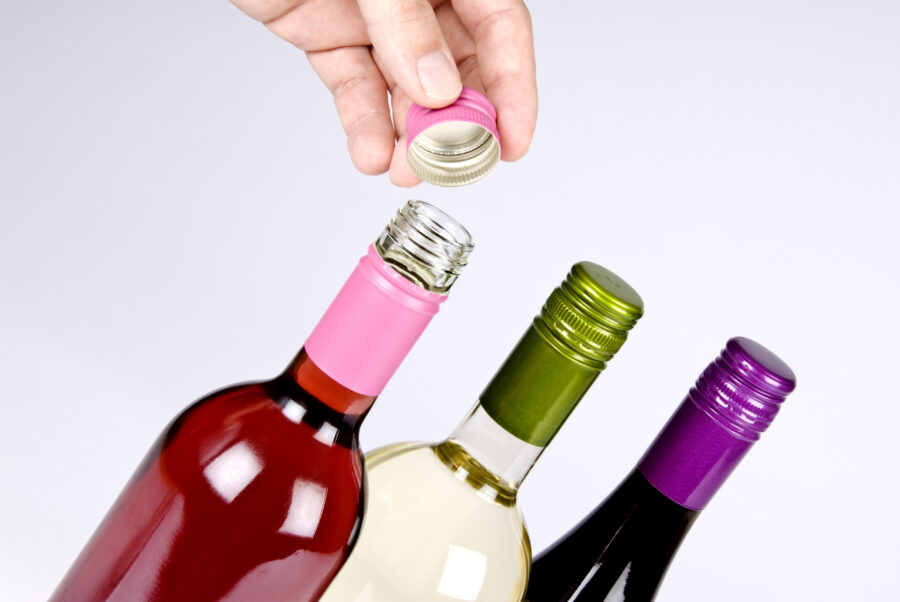
According to The Real Review, screwcaps dominate the Australian and New Zealander wine scene. It’s not just about ease: it’s about preserving that perfect taste.
As we’ve said, they eliminate the risk of cork taint, which can spoil the wine’s flavor. This shift is a toast to quality, making every sip delightful.
If you’re all about convenience and quality, the screwcap is your new best friend. This nifty innovation means no more struggling with corkscrews or broken corks.
Oldest Wine Bottle

Want facts about wine to liven up your dinner conversations? The world’s oldest unopened wine bottle dates all the way back to circa A.D. 325.
Dubbed the Speyer wine bottle, it’s being kept in the Pfalz Historical Museum in Germany (per Sommelier Business). It was discovered back in 1867.
The wine isn’t originally from Germany, however. It was discovered in an ancient Roman tomb for a married couple. They used olive oil to preserve the wine.
Judgment of Paris
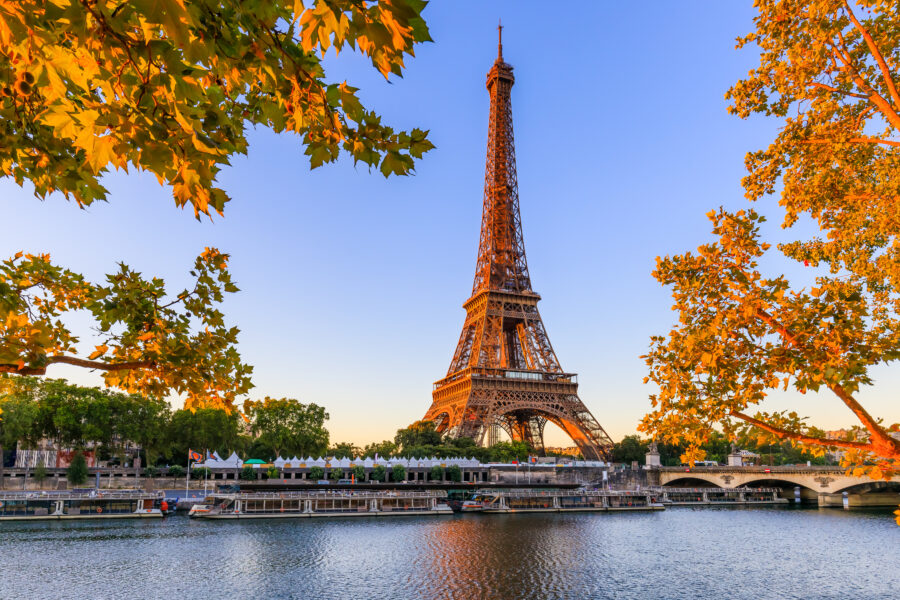
Imagine California wines toppling the French wine giants. It might seem like an impossible feat, but that’s exactly what happened at the 1976 Judgment of Paris.
Before the Judgment of Paris, French wines were the uncontested champions. However, according to CNN, California wines beat them in the red and white categories.
Suddenly, wines from all over the world were being appreciated like never before. The Judgment of Paris is a reminder that great wine can come from anywhere.
Wine & Health

Ever wondered why folks in the Mediterranean seem to live such long lives? The secret’s in their wine glasses! Moderate wine consumption is a staple of their diet.
The antioxidants found in red wine are believed to play a role in heart health. These beneficial compounds are thought to protect against artery damage.
Here’s another fact about wine: it’s also a feature of the Mediterranean diet. Not to be confused with the actual Mediterranean, this 90s diet stresses plant-based foods.
Unique Icewine

Icewine has sweet, concentrated flavors, and is the result of a frosty twist of fate. Grapes are left to freeze naturally on the vine.
This is one of those facts about wine that makes you really appreciate its unique taste. People harvest the grapes in the dead of night or early morning.
This meticulous process ensures that the frozen grapes concentrate their sugars and flavors. It’s what makes it such a delicious dessert wine (and a companion to spicy foods).
Wine in Literature

Literature is soaked in wine references, from the ancient Greek’s Dionysian celebrations to the lavish feasts in medieval texts. It’s a symbol of festivity and joy.
Shakespeare also wasn’t shy about pouring wine into his plays. Think of it: “Good company, good wine, good welcome, can make good people,” he penned in Henry VIII.
Did you know that, in The Odyssey, Homer vividly describes an ancient wine made from pramnian grapes? This detail highlights wine’s timeless allure, bridging myth and reality.
Global Wine Day
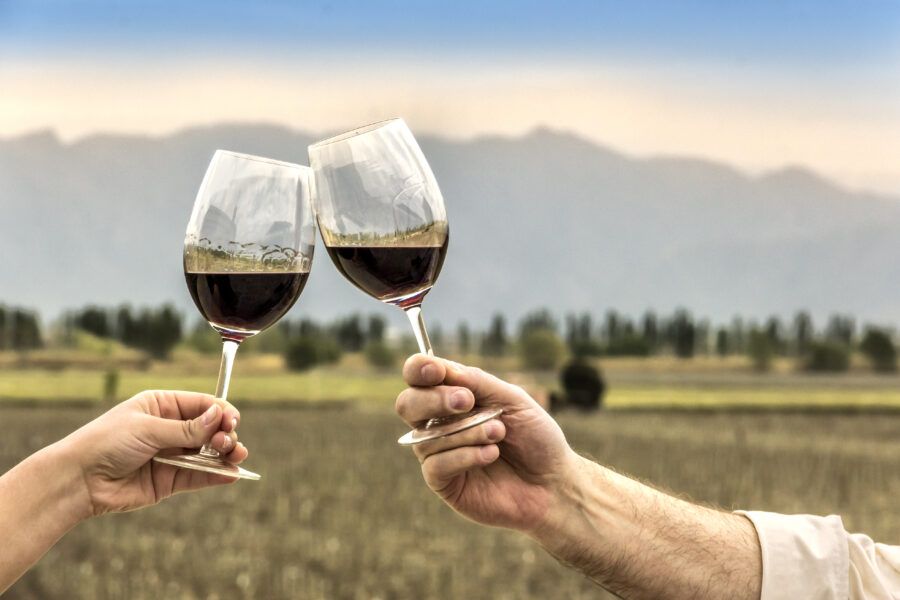
Yes — there’s a Global Wine Day. Officially known as “Global Drink Wine Day,” it’s celebrated on February 18th, four days after Valentine’s Day.
Now that’s what we call good timing. Of course, that’s not the only official wine day out there. Popular wines have their own days, too.
For example, May 17th is Pinot Grigio Day. This Global Wine Day, why not dive into facts about wine that are just as intoxicating?
Wine & Music Pairing
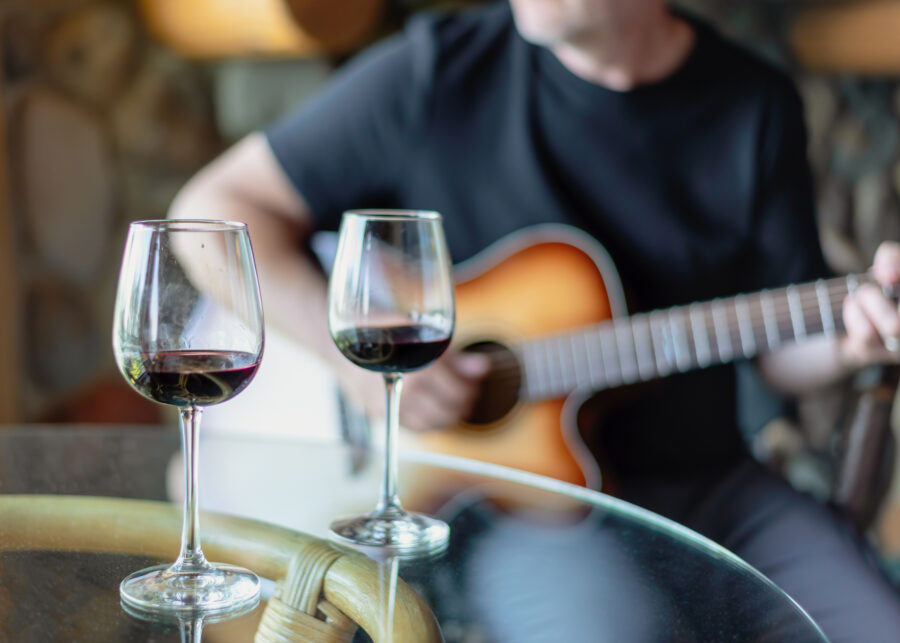
Ever wondered how to jazz up your wine nights? Playing a bit of classical music could make for a classier experience, making that Chardonnay taste even smoother.
If you’re into bold reds like a Cabernet Sauvignon, pairing it with some powerful rock music might just elevate your sipping experience. It’s all about the sensory blend.
For those sweet, dessert wine lovers, indulge in a glass of Moscato while listening to some jazz. This is how wine fun facts can make the ordinary extraordinary.
Wine Tasting Science
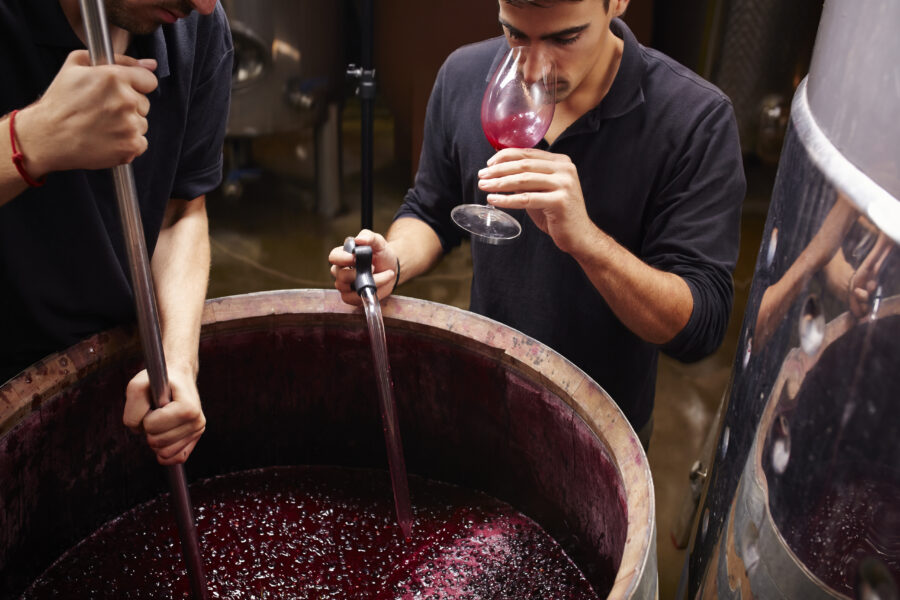
Did you know that the science of wine tasting isn’t just about sipping and savoring? From the hue to the aroma, every aspect contributes to the tasting.
Your sense of smell is the real MVP when it comes to tasting wine. You know those fancy terms like “bouquet” and “nose”?
They’re all about the complex aromas that wine releases. It’s why wine tasters swirl their glasses before sipping. Swirling mixes the wine with oxygen and release its aromas.
Vineyard Biodiversity

A vibrant ecosystem around a vineyard can actually pep up your wine quality. Introducing a mix of plants and animals can combat pests naturally.
Sustainable vineyards leverage the power of biodiversity, using everything from beneficial insects to cover crops. This approach minimizes the need for chemical interventions.
Here’s a toast to the vineyards’ unsung heroes — owls, bats, and even sheep! These natural allies also manage the grass, all while contributing to the complex ecosystem.
Wine & Cheese Pairing

This culinary duo has been celebrated for centuries. It’s not just about tradition: there’s science behind why this wine pairing is so iconic.
The wine’s acidity cuts through the cheese’s creaminess. It cleanses your palate, preparing it for the next delicious morsel. So, what specific wines and cheeses work well together?
A tart white wine can be the perfect counterpart to Brie. The cheese’s fat can also soften the perception of tannins in red wine, making it feel smoother.
DIY Wine Making
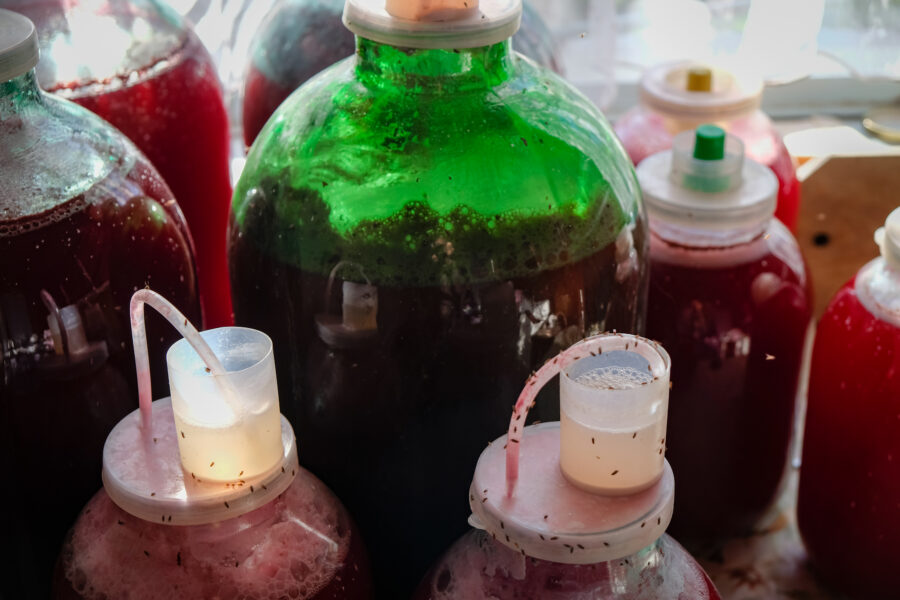
Did you know that DIY wine making can be a delightful journey into viticulture? With simple tools and patience, you can turn your kitchen into a mini winery.
One of the most intriguing facts about wine for DIY enthusiasts is the role of wine yeast in fermentation. These tiny organisms turn simple grape juice alcoholic.
There are some differences between red and white wine during fermentation. For example, whites need to be air locked, while reds don’t (per Wine Enthusiast).
Wine Therapy
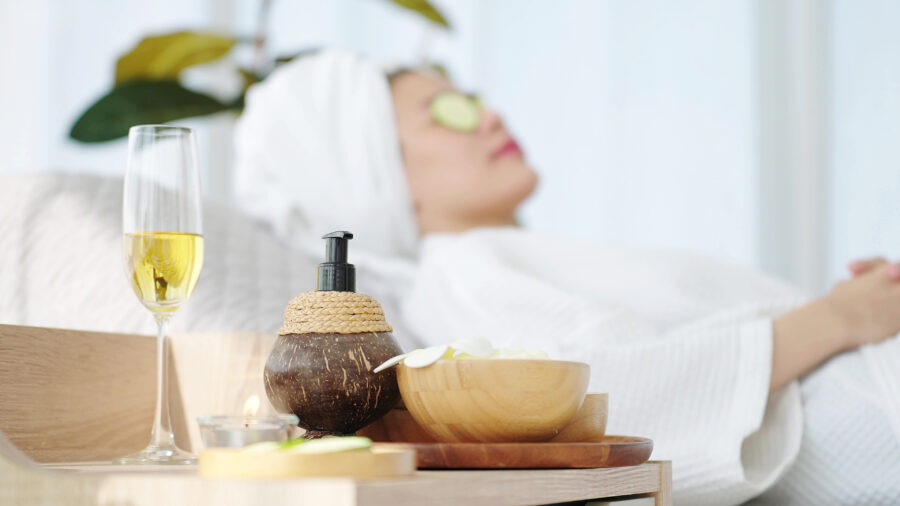
Ever wondered about the world beyond your wine glass? People utilize grape skins, seeds, and stems in rejuvenating beauty treatments. It has a name, too — vinotherapy.
This might sound like a lush dream, but it’s rooted in science. The antioxidants in grapes, especially in those seeds and skins, pack a punch against aging.
Vinotherapy treatments showcase wine’s versatility. From baths to massages, your favorite vintages are finding their way into beauty treatments, proving that wine’s benefits extend beyond the last pour.
Wine Auctions
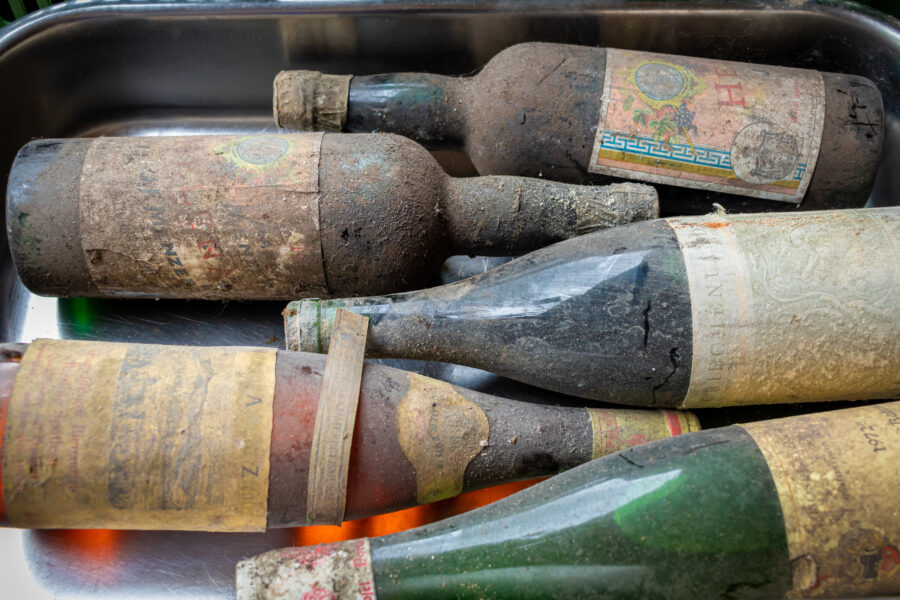
Ever wondered why some people are willing to spend a small fortune on a bottle of wine? Well, it’s all about rarity and vintage.
At wine auctions, the drama unfolds as bids soar, often reaching the price of a luxury car. Each bottle has its own story, from vine to cellar.
According to Wine Spectator, one of the most expensive bottles of wine was sold at an auction for over $400,000. It was aged for 73 years.
Sustainable Packaging
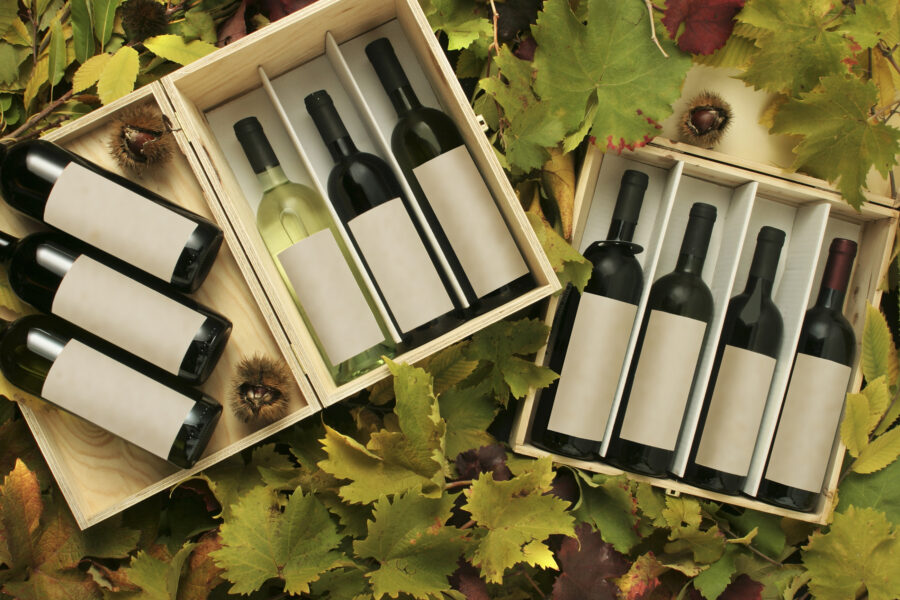
Did you know that the wine industry is stepping up its game in sustainability? There’s been a shift towards recyclable bottles to reduce waste.
The industry is corking up sustainability with plant-based corks. These corks are good for the earth, and can be a talking point at your next wine tasting!
Companies are also using lighter bottles. It’s a conscious effort to reduce carbon emissions, a toast to sustainability, and a step towards a greener future.
Wine Tourism
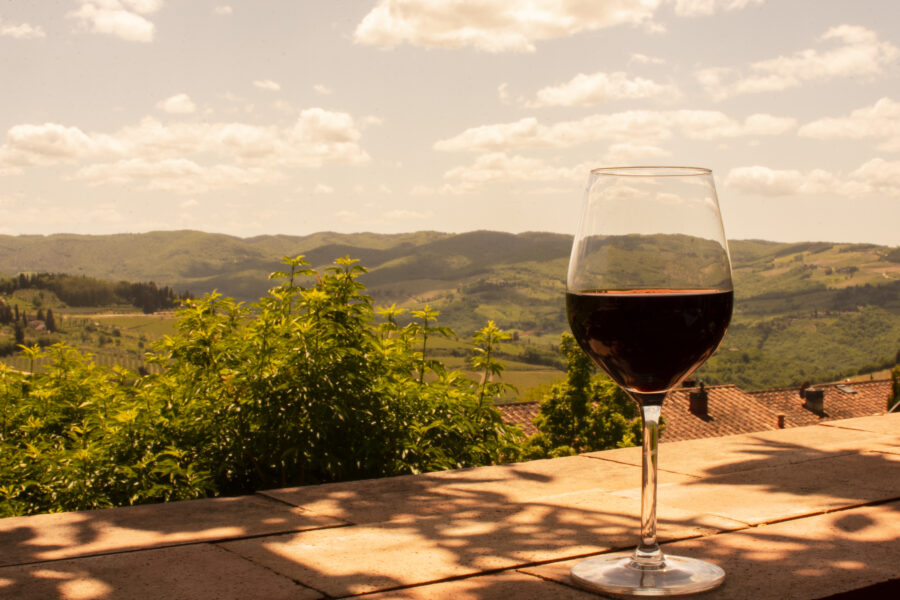
Ever heard of ‘terroir’? It’s a fun fact about wine that aficionados love. It refers to how a region’s climate, soils, and terrain affect the wine’s taste.
In fact, some vineyards are so unique that they’ve become UNESCO World Heritage Sites. Traveling to these sites offers an unparalleled glimpse of where the magic happens.
One such site is the Lavaux Vineyard Terraces in Switzerland. According to UNESCO, the terraces date back to the 11th century, while the vines are from ancient Rome.
Wine Education
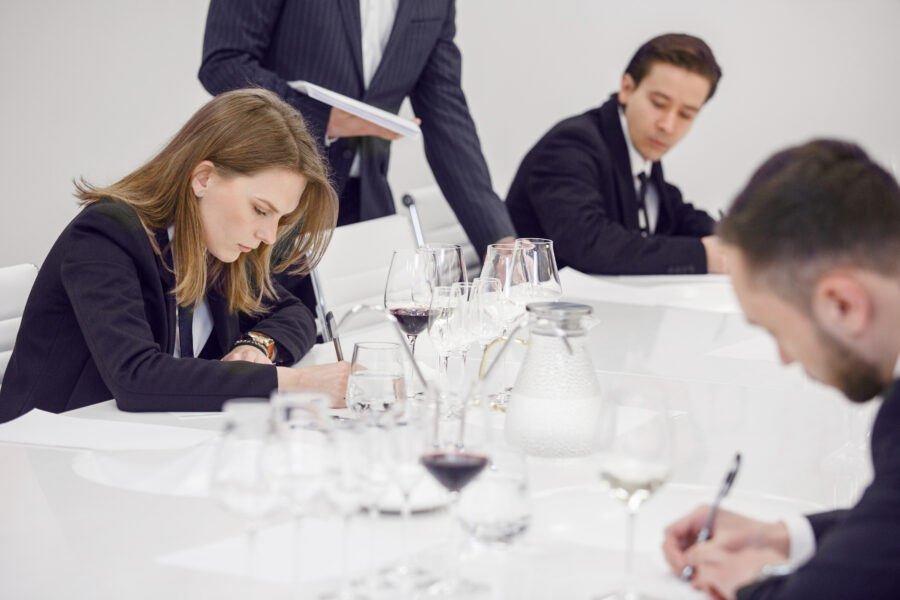
It’s true — you can study wine for a living. Wine education is a deep dive into history, geography, and the science behind winemaking.
A sommelier is a wine professional that works at fancy, high-end restaurants. There are four levels of mastery, with less than 300 people earning the title of Master.
There are a series of tests you need to take in order to progress through the ranks. The Court of Master Sommeliers offers courses (per Wine Enthusiast).
Wine & Social Media
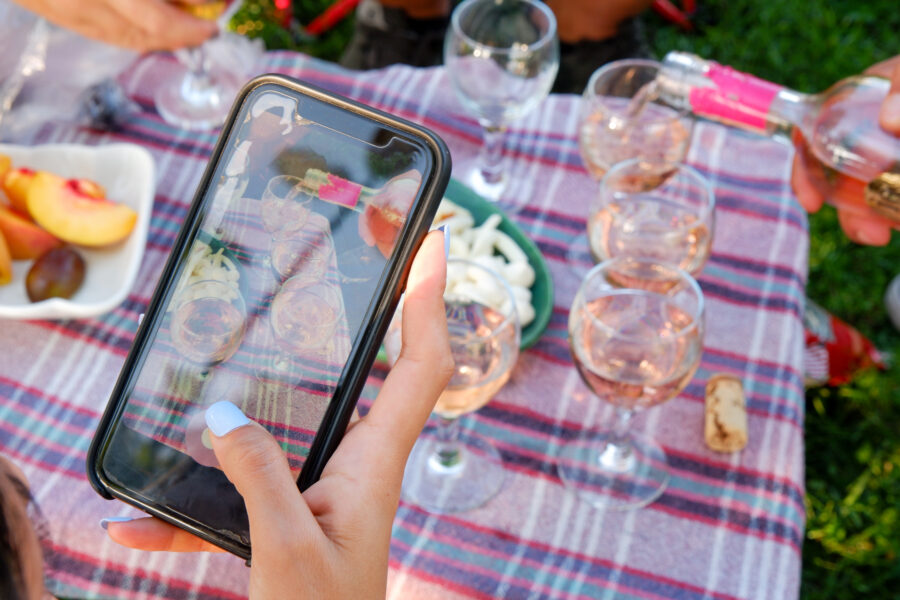
Selfies and food pics have ruled social media for years. It’s only natural that wine would have an integral place in it. Talk about enhancing your wine o’clock!
It’s no secret that wine has been seen as a fancy drink. Thankfully, social media has made wine much more accessible to the masses.
The hashtag #WineWednesday is a global gathering of oenophiles sharing their latest finds and timeless classics. It’s where wine fun facts meet personal stories.
Most Expensive Wines
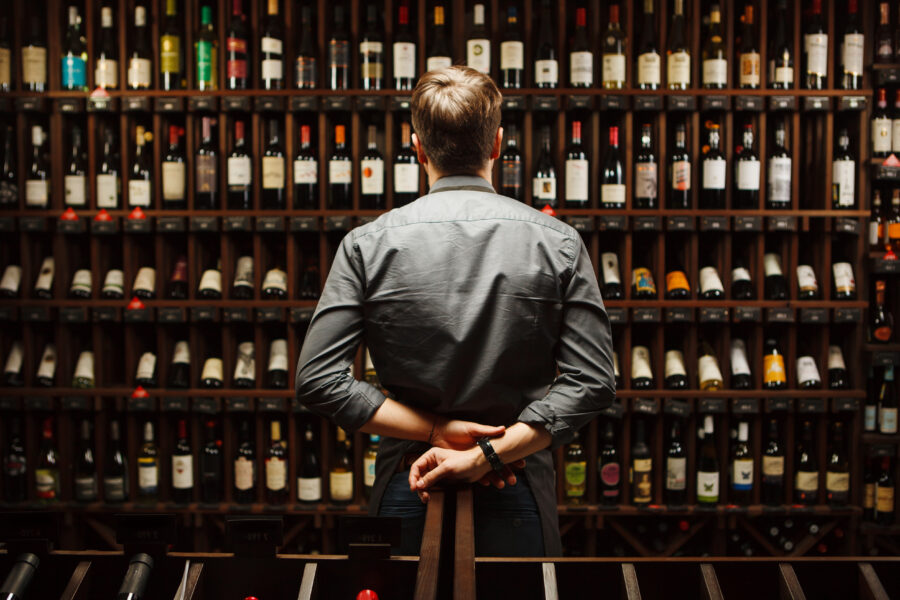
We already discussed one of the most expensive wine sold at an auction, so let’s go over the others. $400,000 doesn’t even scratch the surface.
The most expensive bottle of wine in the world was sold for — wait for it — one million dollars. It was a bottle of Cabernet Sauvignon.
The wine was only two years old, but was made at a Napa Valley winery by a famous chef, Emeril Lagasse (per Wine Spectator). We hope they enjoyed it.
Decoding Wine Labels
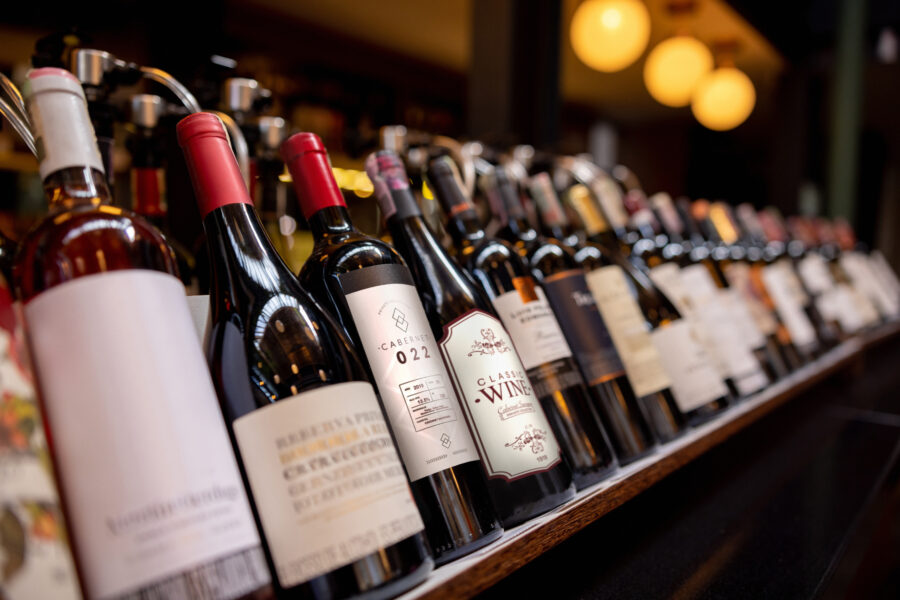
If you’re a wine novice, you probably just go by the type of wine on the label. I’m not judging you. I see “Sauvignon Blanc” and I buy.
Apparently, there’s more to labels than meets the eye. According to The Back Label, they can tell you whether or not your wine is New or Old World.
New World wines will usually name the grapes, while Old World names the region/terroir. Both kinds may mention grapes or regions, but hone in on their respective categories.
Popular Food Pairings
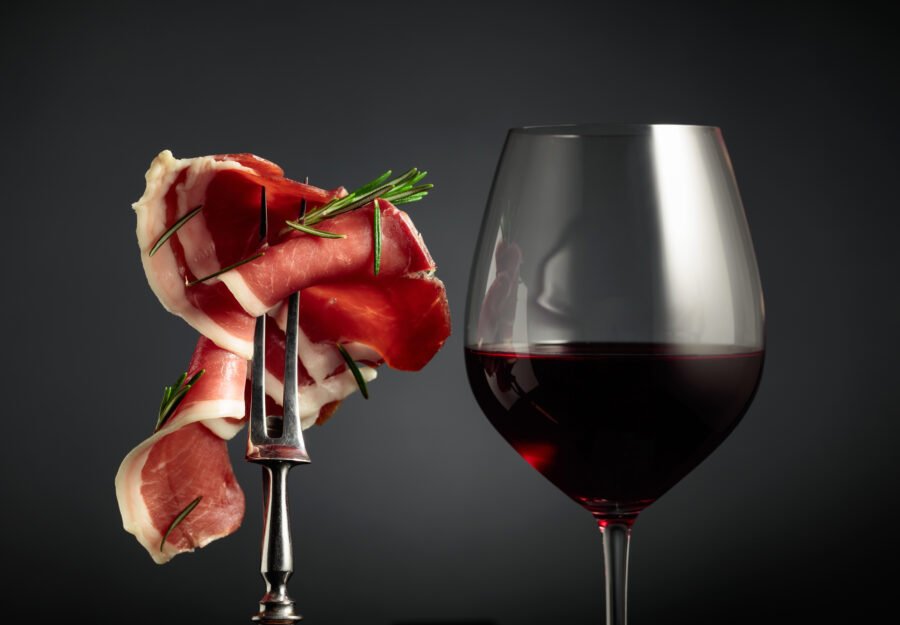
Cheese isn’t the only food you can pair your wine with. There’s a whole world of wine and food pairings out there waiting to be discovered.
For example, white wines are generally paired with seafood, while reds are paired with steak. This is generally attributed to their levels of robustness.
The specific wine depends on your preferences, though there are rules of thumb worth sticking by. Champagne is one of the only drinks you should have with caviar.
Places Where Wine is Banned
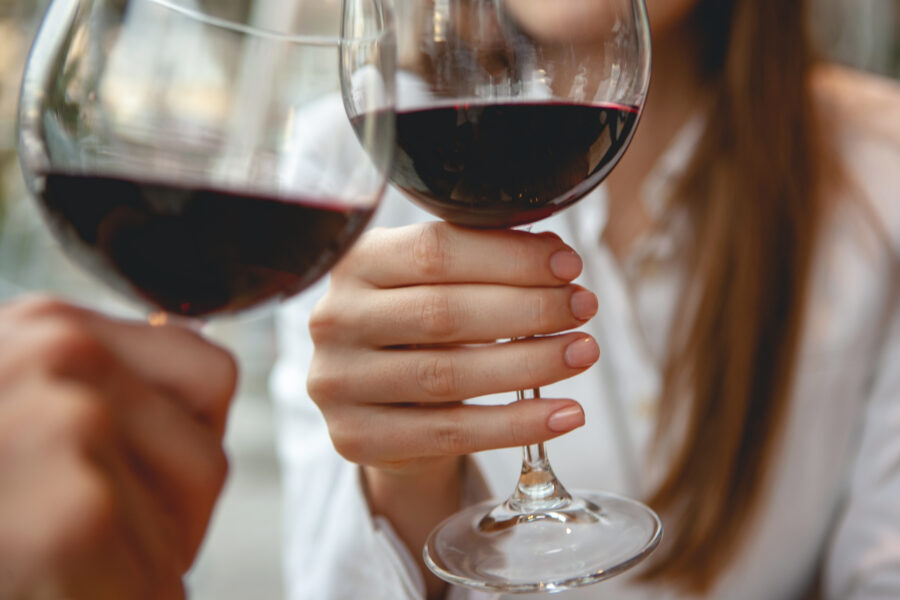
Believe it or not, you can’t enjoy wine everywhere. Before you decide to travel the world, it’s good to know which places have strict laws against alcohol.
Saudi Arabia is usually one of the first countries that come to mind. Alcohol is totally illegal there. It’s not the only country where it’s banned, though.
It’s also illegal in Bangladesh, Afghanistan, and Yemen, among others. Some countries, like Qatar, make exceptions for foreigners under specific conditions (per World Population Review).
Favorite Wines of World Leaders

Even presidents and prime ministers need a drink every once in a while. Apparently, in the 2010s, the most popular wine among world leaders was a Cabernet Sauvignon.
This particular wine was made in China and favored by the Chinese government. So it was often served to world leaders at important events (per The Drinks Business).
As for specific leaders, it seems that Queen Elizabeth II loved Chateaus. It was often served to her or by her, so it can’t be a coincidence.
Conclusion
And there you have it, 25 wine fun facts to swirl, sip, and savor through. From ancient times to modern wine-making marvels, wine has always had a fascinating story to tell. Whether it’s the oldest wine in the world or the surprising health benefits of your favorite glass of red, there’s no doubt that wine holds a special place in cultures around the globe. So, the next time you uncork a bottle, remember the rich history and fun facts that make every sip a journey. If you want more food and wine content, check out our blog!
Questions & Answers:
Question: How many varieties of wine grapes are there?
Answer: There are over 10,000 varieties of wine grapes.
Question: What health benefits are associated with red wine consumption?
Answer: Red wine is packed with antioxidants like resveratrol, linked to heart health, and moderate consumption is associated with a longer lifespan and protection of heart blood vessels.
Question: How does the color of wine change with age?
Answer: Red wines mellow to a softer shade, hinting at a matured flavor, while white wines take a golden turn with age, deepening in complexity.


